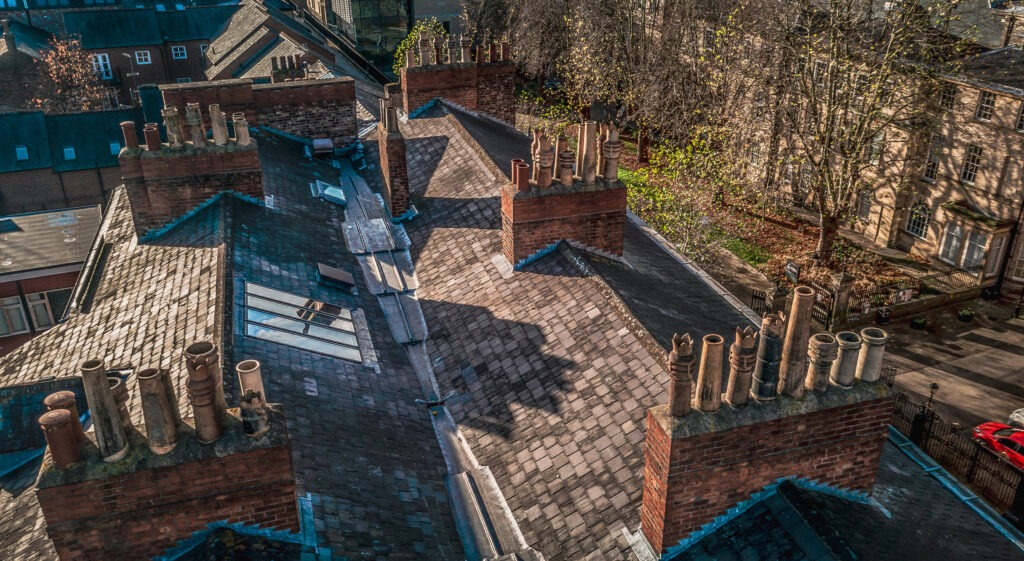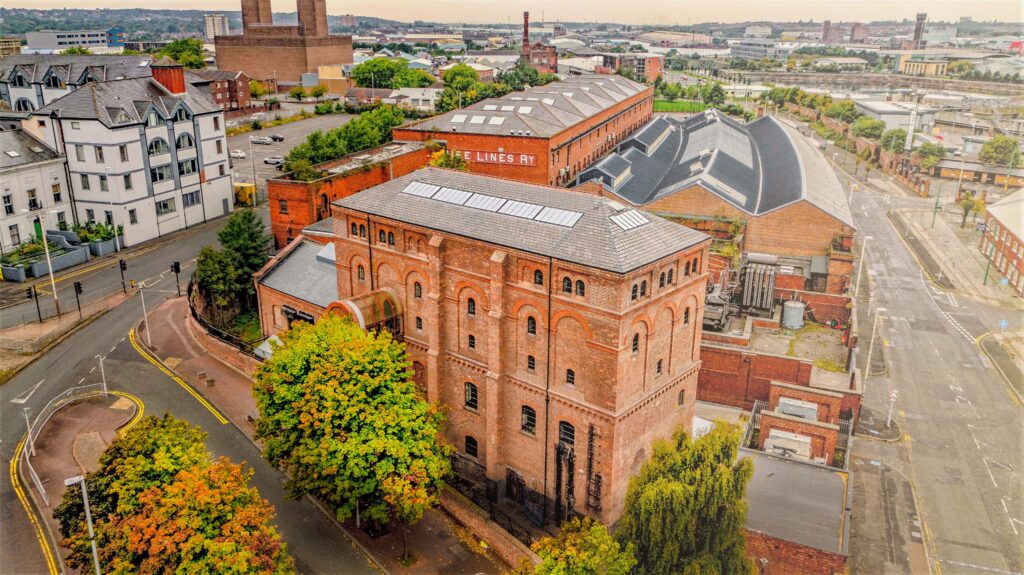Conservation rooflights, also recognised as heritage rooflights, boast a rich history deeply intertwined with architectural evolution over centuries. Serving as indispensable components in historic buildings, their development mirrors the evolving needs and preferences of architects, builders, and property owners.
Middle Ages
The roots of conservation rooflights can be traced back to the Middle Ages, where they found prominence in churches and religious structures. In this era, these rooflights were modest in size, narrow, and strategically positioned high in roofs. Their primary purpose was to invite natural light into the space while minimising heat loss. Crafted from small glass panes set in lead cames, their design aligned closely with the structural demands of the buildings.
Georgian and Victorian Eras
With the advent of the Georgian and Victorian periods, rooflights expanded their presence beyond religious edifices, becoming prevalent in residential and commercial constructions.
Advancements in technology facilitated the creation of larger, intricate rooflights incorporating metal frames and ornate detailing. Balancing functionality and aesthetics, architects meticulously planned their placement to harmonise with the overall design of the buildings.

Early 20th Century
The early 20th century witnessed further innovation spurred by the emergence of new materials like reinforced concrete and steel. Architects experimented with diverse shapes, sizes, and materials, leading to structurally sound and visually captivating rooflights. The art deco movement of the 1920s and 30s introduced curved and streamlined rooflights, reflecting the prevailing ethos of modernity and innovation.
Post War Period
Post-war, a renewed focus on energy efficiency and sustainability propelled advancements in rooflight systems. Glass technology improved, enabling the use of larger glass panes, while insulation and glazing technology advanced to enhance energy efficiency and reduce heat loss.

Contemporary Era
In the present day, conservation rooflights continue their evolution in response to changing building regulations, environmental considerations, and technological progress. Modern iterations leverage high-performance materials such as double-glazed glass and stainless steel frames. Meticulously engineered, they strike a delicate balance between the demand for natural light and ventilation and the imperative to conserve energy and curtail carbon emissions.
In summary, the journey of conservation rooflights is a testament to the shifting priorities and values of architects, builders, and property owners across the ages. From the humble leaded windows of medieval churches to the sophisticated, energy-efficient systems of today, conservation rooflights have been instrumental in shaping architectural design and are poised to remain influential for years to come.

